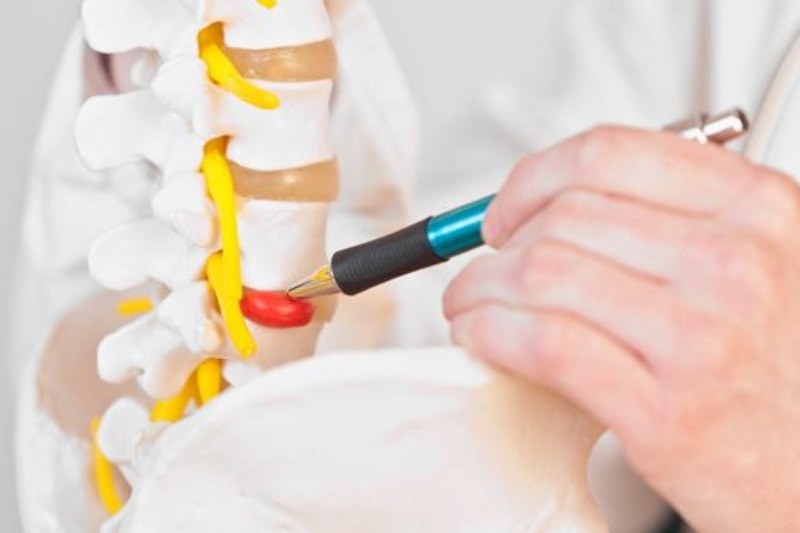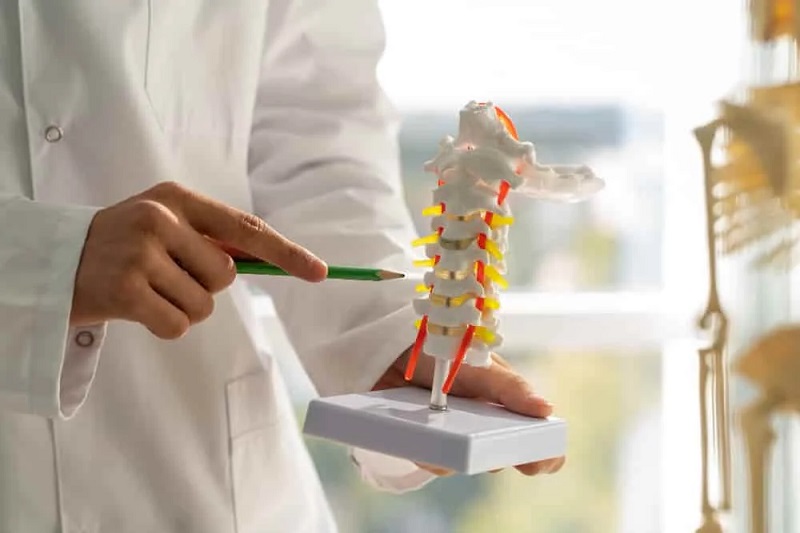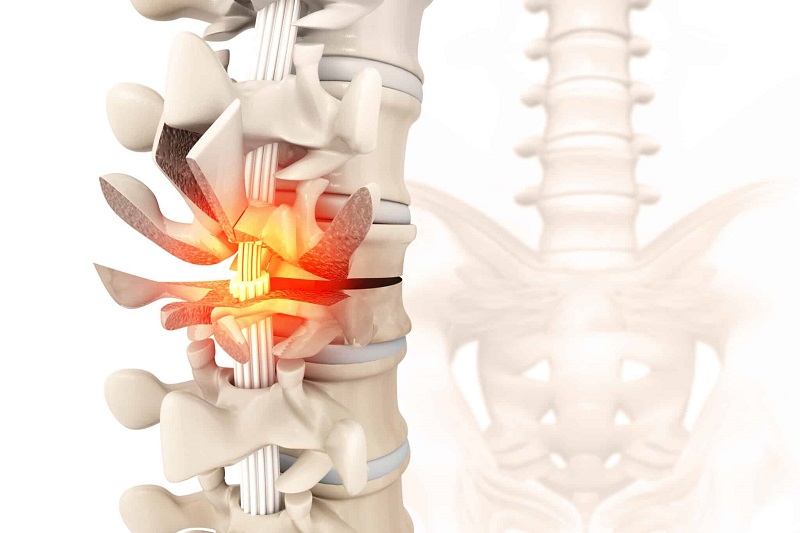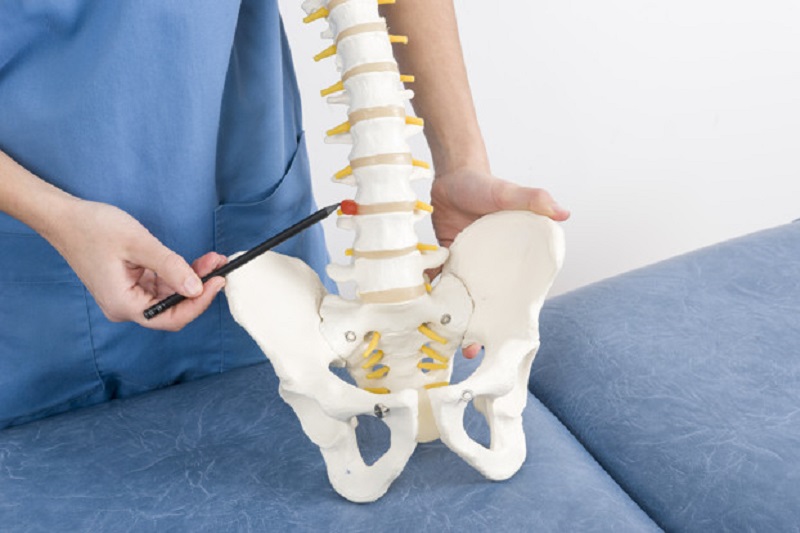Spinal surgery

Surgery for slip disc
In a procedure called spinal fusion, the surgeon joins the vertebrae above and below the slipped disc together with screws so that they remain firmly in place. The spinal disc is removed, and the resulting gap between the vertebrae is filled with bone or a titanium implant

Surgery for sciatica
Surgery for sciatica is usually considered when leg pain and/or weakness is persistent or progressive even after several methods of non-surgical sciatica treatments have been tried. In a few cases, surgery may be considered as the first option.

Surgery for cervical spine slip disc
ACDF surgery is the most common method among spine surgeons for treating a cervical herniated disc. In this surgery, the disc is removed through a small one-inch incision in the front of the neck. After removing the disc, the disc space itself is set up for the adjacent vertebrae to eventually grow together and fuse.

Surgery for fracture spine
Spinal fractures can be caused by accidents or occur as a result of osteoporosis. Surgery may be needed for severe cases.

Surgery for Tuberculosis spine
Laminectomy is a surgery where a part of vertebrae is removed surgically. However, medication and anti-tb drugs remain to be the first line of treatment and the course can last from 6-18 months.

Surgery for spine infections
Laminectomy.If your spinal infection has abscessed, then your surgeon may need to perform a laminectomy to relieve pressure on your spinal cord. During a laminectomy, your doctor will remove the back portion of your vertebra (or lamina) to increase space for your spinal cord.

Surgery for spine tumors
Surgery involves the partial or total removal of the spine tumor. Spinal fusion may be used to reconstruct and stabilize the spine. This procedure involves joining the bones together with screws or bone grafts to provide stability.

Surgery for deformity spine
Spinal deformity surgery is a complicated operation with a high frequency of complications. The primary goal of deformity surgery is to achieve a balanced spinal alignment through rigid fusion, prevent further deformity and alleviate neurological symptoms.

Surgery for cervical myelopathy
Surgery for cervical myelopathy (say “my-uhl-OP-uh-thee”) removes any tissues that are pressing on the spinal cord. Tissues can include bone, ruptured discs, and ligaments. Your doctor makes a cut (incision) in the skin over the spine. Special tools are used to do the surgery.

Surgery for complex spine pathologies
Spinal decompression is a surgical procedure which is performed to alleviate pain caused by pinched nerves. During decompression back surgery, a small portion of the bone over the nerve root and/or disc material from under the nerve root is removed to give the nerve root more space and provide a better healing environment.
